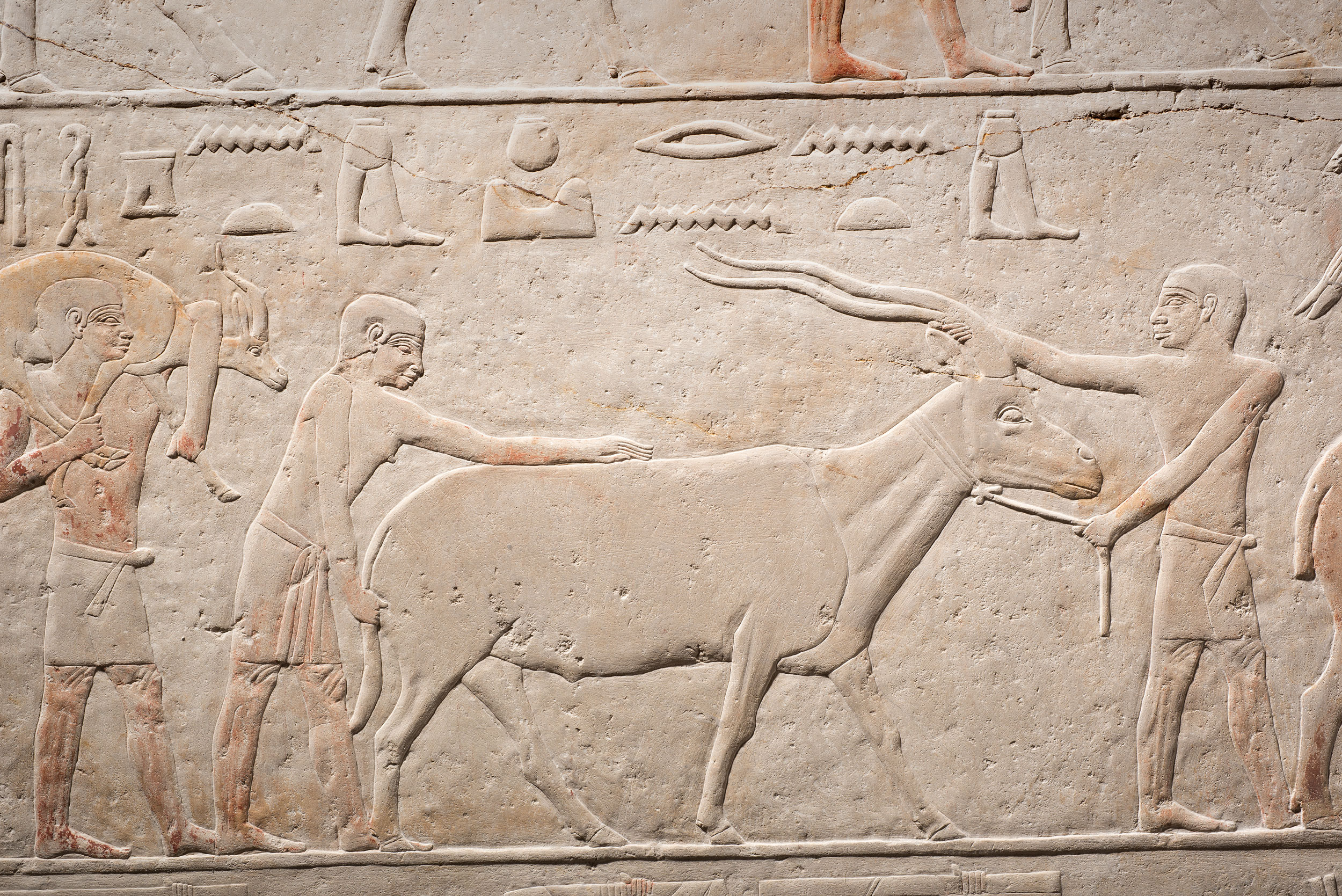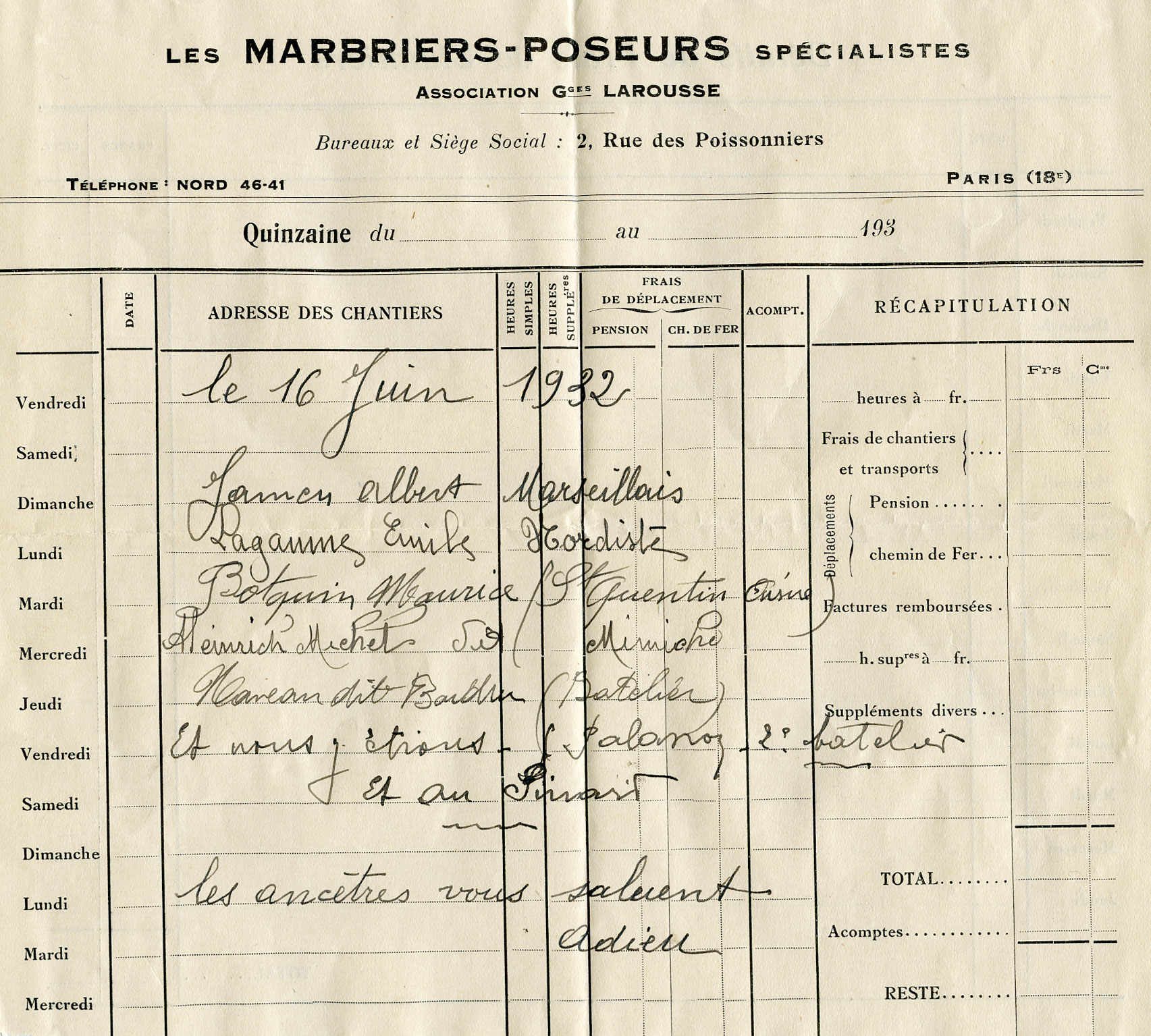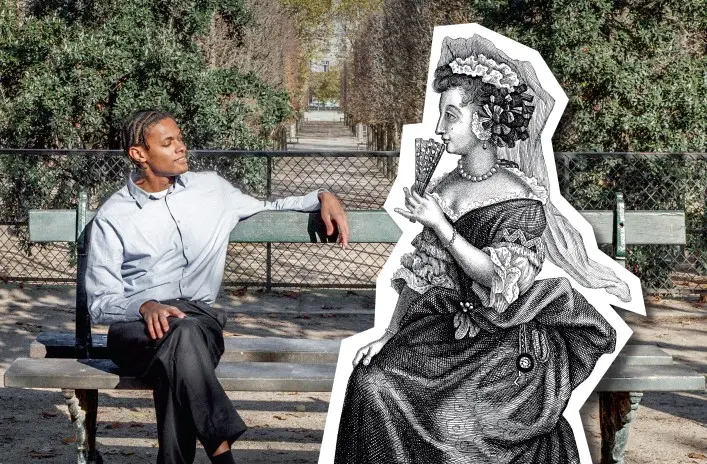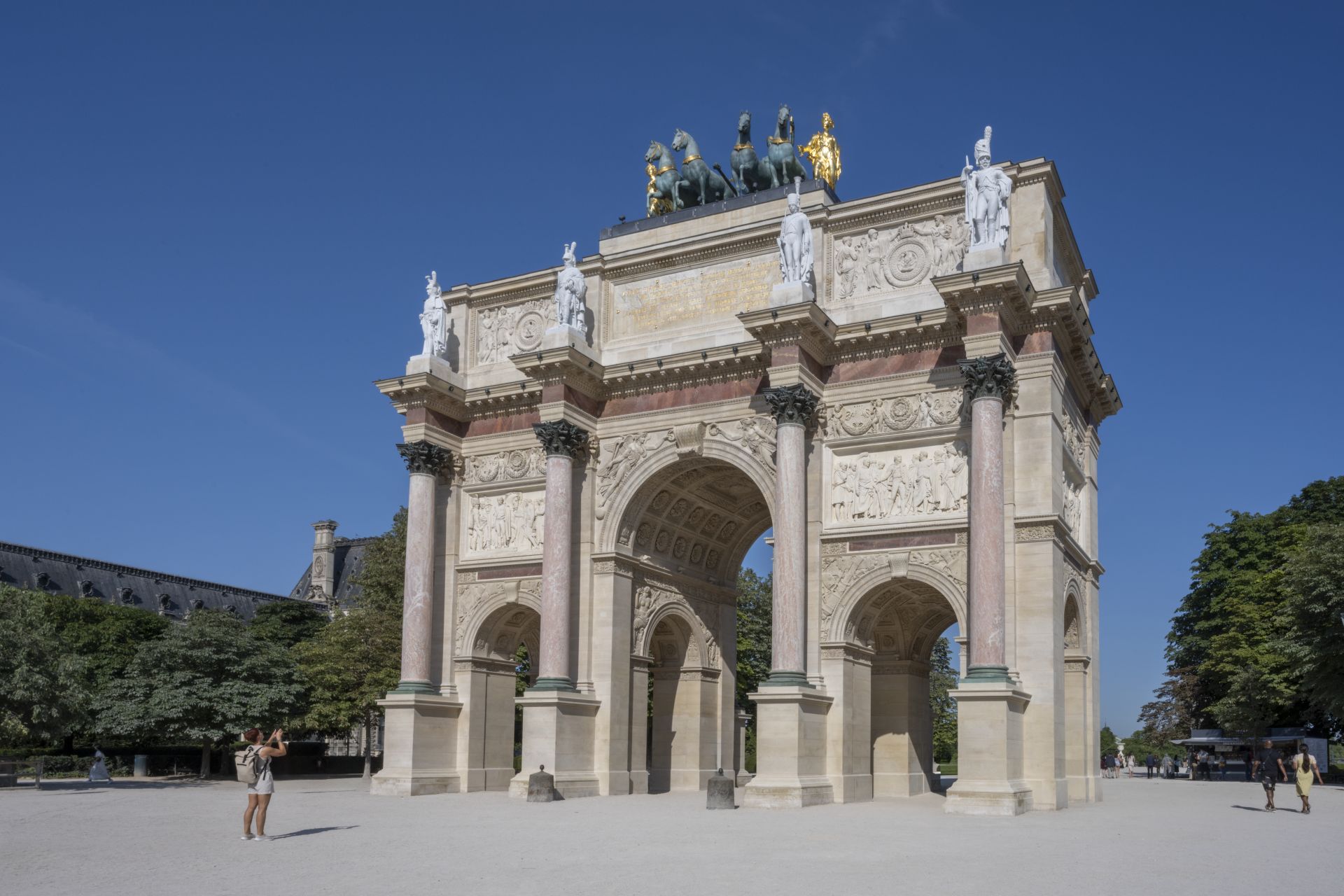A step up for the Louvre’s mastaba chapel
29 June 2021

During the winter of 2016–2017, the Louvre launched a major online fundraising campaign to conserve and reconstruct the tomb chapel of Akhethotep, a high official of the Egyptian Old Kingdom. The reconstruction is now complete and visitors to the Louvre can admire this ancient Egyptian masterpiece once again. Here’s the story of this exceptional conservation project.



